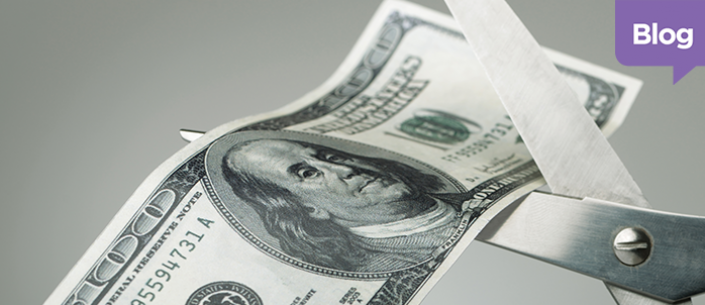
Benchmarking HR Spend – and How to Improve It
Previously, we wrote about the growth stages of a small business, illustrating how the priorities and challenges facing an organization shift as it grows and matures. Something else that changes along the way: how much money or resources to devote to various business segments, like HR. The answer to that question is different for every company, but even within a single company, it can be a moving target. It’s particularly challenging when you consider the following two points:
1. HR spending is up in general – by about 4% from 2014 to 2015, according to Bersin by Deloitte. Similarly, Bloomberg reports in its “HR Department Benchmarks and Analysis, 2015-2016” report that “HR departments have gained a larger overall share of their organizations’ financial resources over the last decade,” growing from a median of less than 1% of total operating expenditures to a median of 1.4% (those are small numbers, relatively, but that’s enormous growth).
2. Yet world-class HR organizations spend 23% less than average HR organizations, according to the Hackett Group.
What factors can prompt greater spending?
Not all companies spend alike, and it turns out there are specific cost-drivers behind the increase in HR spending.
• Organization maturity. This is common sense: as organizations grow larger, they spend more on HR. Smaller, newer organizations tend to focus HR operations on compliance and outsource transactional HR; larger, older entities are more likely to integrate the full HR function.
• Technology. From acquiring or updating HR management platforms to engaging with cloud-enabled vendors to dipping their toes into workforce analytics, organizations are making greater investments than ever in HR-related technology.
• Sector-specific issues. Bersin by Deloitte found that HR budgets vary dramatically by industry. Financial services, for example, say a 10% (or $3,729 per employee) increase, versus an overall average of 4%.
What factors can keep spending down?
Increased costs are not inevitable. In fact, spending strategically can yield tremendous savings. The Hackett Group identified several approaches that top-performing HR groups used to keep their spending down. Here are three:
1. They automate. In other words, they use technology in ways that minimize manual, human labor. For example, 94% of world-class HR orgs automate payroll, as opposed to just half of HR in general.
2. They use workforce analytics in decision-making. This is easier said than done, but at heart, they “use data to resolve key problems.”
3. They emphasize value-added HR, not just transactional. This follows from the first two points; it’s all about how HR can be used strategically to drive business results instead of just meeting obligations. Success here requires acquiring HR professionals or partnering with HR vendors who can “upgrade the HR skills” available to the organization.
Need more information on streamlining HR functions in your organization? CoAdvantage, one of the nation’s largest Professional Employer Organizations (PEOs), helps small to mid-sized companies with HR administration, benefits, payroll, and compliance. To learn more about our ability to create a strategic HR function in your business that drives business growth potential, contact us today.